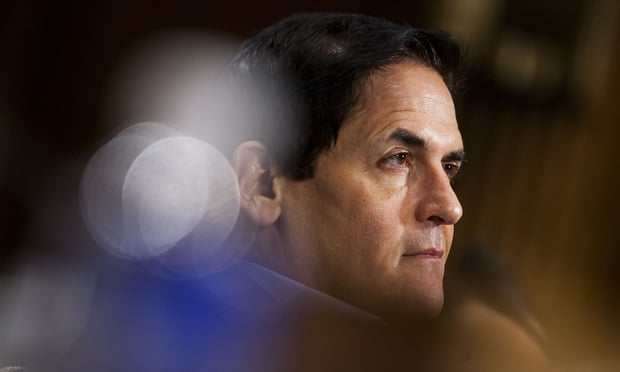Earlier this year, a California jury awarded Aetna over $37 million in damages after determining that a network of northern California ambulatory surgery centers (ASCs) overbilled the insurer for out-of-network procedures. The ASCs had recruited patients by waiving copays and other fees and by selling ownership in the facilities to referring physicians.
In this case, the jury felt that the physicians' actions rose to the level of insurance fraud. Yet ASCs have other ploys that don't quite reach that threshold, but can still hit self-insured employers with enormous bills.
Recommended For You
One tactic is to entice employees who have reached their annual out-of-pocket maximum for out-of-network providers. Once employees reach that point, they're free to visit non-participating (non-par) ASCs at no extra cost, yet the employer can get hammered with charges up to $50,000 for a one-day procedure. In contrast, most hospitals rarely charge half that amount for a full week in intensive care.
The employee has no idea whether the referring physician is a co-owner of the ASC where the procedure takes place. It sounds like a great idea, because the employee has always been happy with Dr. Smith's care and assumes that the ASC is the ideal setting for the procedure, whether it's a knee replacement or cornea surgery. And since the employee has reached the out-of-pocket maximum, it's like playing with Monopoly money.
In some instances, an employer's third-party administrator (TPA) can negotiate a small discount from a non-par ASC, but what good is a 10 percent discount on a $50K-a-day bill? That's like getting free roadside service on a $200,000 Lamborghini.
Most employers incorrectly assume that having a high out-of-pocket maximum for non-par providers will discourage their employees from even getting close to that threshold. But all it takes is for employers to get hit with multiple $50K-a-day charges and they start changing their tune. In fact, some employers are taking the bold step of completely eliminating the out-of-pocket maximum for non-par providers.
Even employers who hold the line against non-par charges will grant obvious exceptions, e.g., if an employee has a heart attack in rural Idaho and gets rushed to a non-par hospital. But employers are getting increasingly watchful — as they should — about employees' casual use of non-par facilities. For example, getting treatment at a non-par dialysis center can cost 10 times more than at a participating facility.
Employees need to quit viewing the out-of-pocket maximum as the finish line at an Olympic event. Most of them are not trying to "game" the system, but some non-par providers are doing exactly that. It's still rare to see self-insured employers totally exclude non-par ASCs and dialysis centers, but many are saying "enough is enough."
In the wake of the Aetna verdict, many payers and self-insured companies are starting to rethink their relationships with non-par providers. The original intent of ASCs was to provide service that was less expensive than hospitals, not to exploit loopholes that allow them to bill the equivalent of an employee's annual salary for a three-hour procedure.
© 2025 ALM Global, LLC, All Rights Reserved. Request academic re-use from www.copyright.com. All other uses, submit a request to [email protected]. For more information visit Asset & Logo Licensing.







